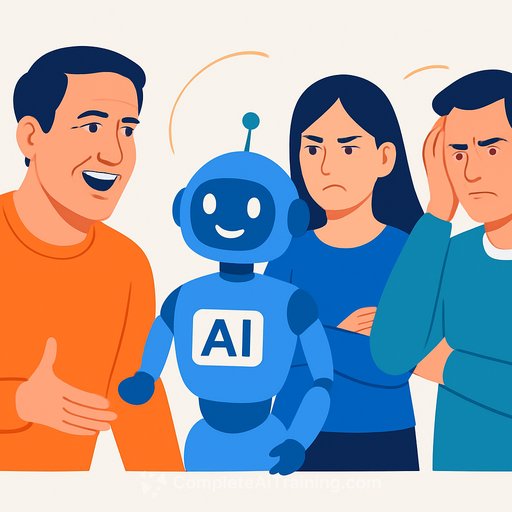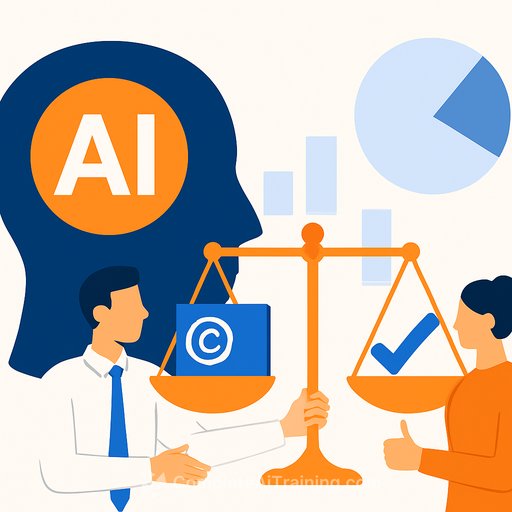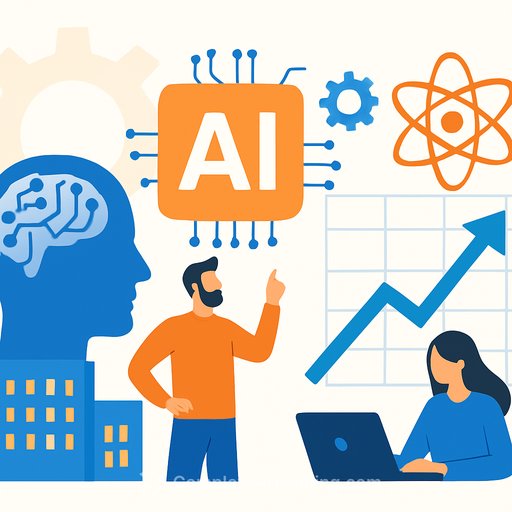The Nobel just validated the most powerful idea in AI Economics: the creative destruction of intelligence
In Hindu mythology, Shiva's tandava is creation and destruction in one motion. Joseph Schumpeter gave business the same image: a gale that builds by breaking. This year's Nobel in Economic Sciences lands right there - and creatives should pay attention.
The Prize highlights how progress works, and what keeps it working. The lesson is clear for anyone who writes, designs, films, codes, or composes for a living: growth thrives when new ideas replace old ones and when institutions make the fallout survivable.
Why this Prize matters
Joel Mokyr explained why some eras compound knowledge: they connect "why" (theory) with "how" (craft). Philippe Aghion and Peter Howitt showed how growth comes from replacement, where each invention displaces the last - and why the right balance of competition keeps the flywheel turning.
For creatives, that balance is your business environment. Too much monopoly and innovation stalls. Too much chaos and returns to skill disappear. Today's AI giants sit on scale advantages in data, models, and distribution. That can speed progress - and squeeze the room for upstarts.
Creative destruction is not a slogan. It's the operating system of growth.
AI compresses "why" and "how"
Past technologies amplified production. AI touches cognition. It accelerates discovery and application at once: theory to prototype, brief to draft, concept to storyboard, seconds apart. Tools that predict proteins or design materials echo Mokyr's loop - only faster.
That speed creates leverage for talent - and churn for business models. The idea-to-iteration cycle now fits inside a single session. Taste, judgment, and direction decide who wins with the same tools.
What this means for creatives
- Competition shifts to taste and distribution: If everyone can produce, differentiation moves to point of view, visual language, and audience. Build a style guide, a voice, and a publishing cadence you can defend.
- Moats look different: Owning a niche, a newsletter, a community, or a dataset beats owning a technique. Techniques commoditize. Taste and trust compound.
- Jobs change before titles do: Roles fragment into skills: concepting, prompt architecture, editing, QA, brand consistency. Map your process and decide what you automate, what you elevate, and what you drop.
- Price outcomes, not hours: If production time falls, time-based pricing punishes you. Quote by impact, rights, and exclusivity. Keep retainers for continuity and iteration.
- Ethics and IP are part of the craft: Track sources, get consent where needed, and disclose AI use when it affects claims. Treat your training data the way you want others to treat yours.
- Platform reality: Google, Microsoft, and OpenAI can ship to billions overnight. Assume features you enjoy today become baseline tomorrow. Your edge is the system you build around them.
A practical 12-month playbook
- Audit your workflow: List recurring tasks. Label each: automate, accelerate, or artisanal. Aim to automate 20-30% of repetitive steps.
- Build an AI-first creative stack: One ideation tool, one generation tool, one edit suite, one QA layer, one rights tracker. Fewer tools, deeper mastery.
- Create reusable assets: Style prompts, brand libraries, LUTs, templates, checklists. Turn them into internal standards and client-facing products.
- Ship on a schedule: Publish weekly. Measure signal: saves, shares, replies, qualified leads. Remove what doesn't move those numbers.
- Offer higher-order services: Strategy, story architecture, creative direction, ecosystem builds. Let models do first drafts; you own the brief and the bar.
- Set learning reps: Two focused hours per week. New model, new plug-in, new workflow. Document what sticks in a living SOP.
- Protect the downside: Three months' runway, client diversification, and a simple contract addendum covering AI use, approvals, and data privacy.
Competition, stability, and your practice
Aghion-Howitt's point is practical: thriving markets balance rivalry with room to reinvest. For studios and freelancers, that means keeping enough cash, process, and brand to experiment without betting the business every month. For platforms, it means open standards that let creators plug in, build, and get paid.
The social cost we can't ignore
Creative destruction has losers. Roles will fade before new ones settle. The humane response is skills insurance: portable benefits, fast retraining, and frictionless transitions. On a personal level, that means a deliberate reskilling plan and a community that shares playbooks, not just posts.
Institutions decide the pace
Mokyr showed progress needs open channels between ideas and implementation. Today, fragmentation - closed datasets, protectionist rules, platform lock-ins - can slow the loop. We need standards and forums that keep collaboration alive while handling risk.
Notes for India's creative class
Capital is scarce; talent is not. The edge is "mechanical competence" - turning global ideas into useful systems and services. Keep research access open, invest in technical education, avoid rules that cut talent off from the frontier, and focus on scalable, local use cases.
Humility, then action
Predictions are brittle. Bubbles overpromise but leave useful infrastructure. Your job is to ride the compounding curve without tying your identity to a single tool. Build taste, build systems, build distribution.
Shiva's dance continues. Make your practice flexible enough to adapt, strong enough to endure, and humane enough to lead.
Further reading
How AI accelerates discovery (AlphaFold)
Creative destruction, explained
Want structured upskilling for creatives?
Explore practical programs by role: Courses by job. Curated tools for creative work: AI tools for copywriting.
Your membership also unlocks:






